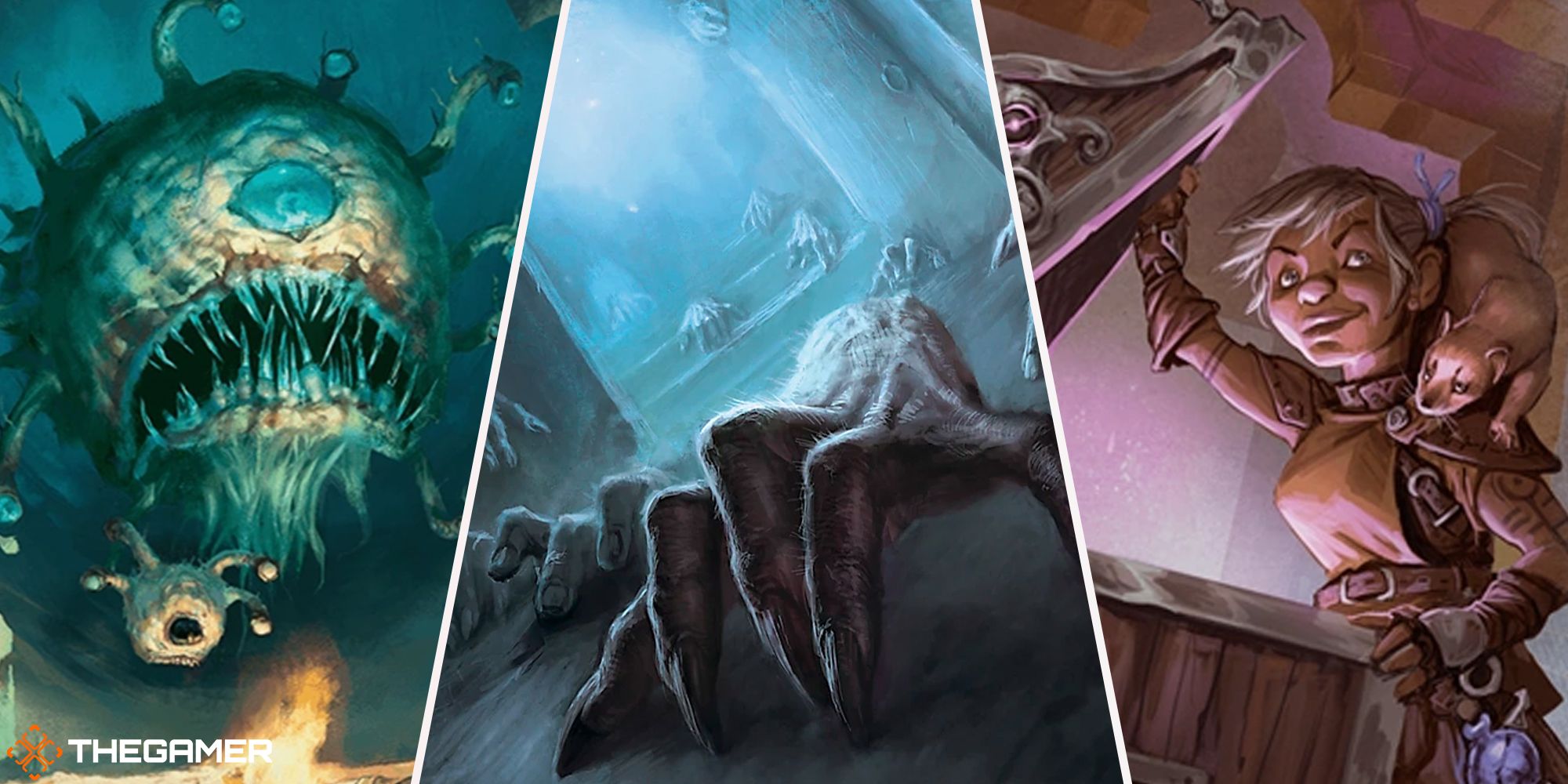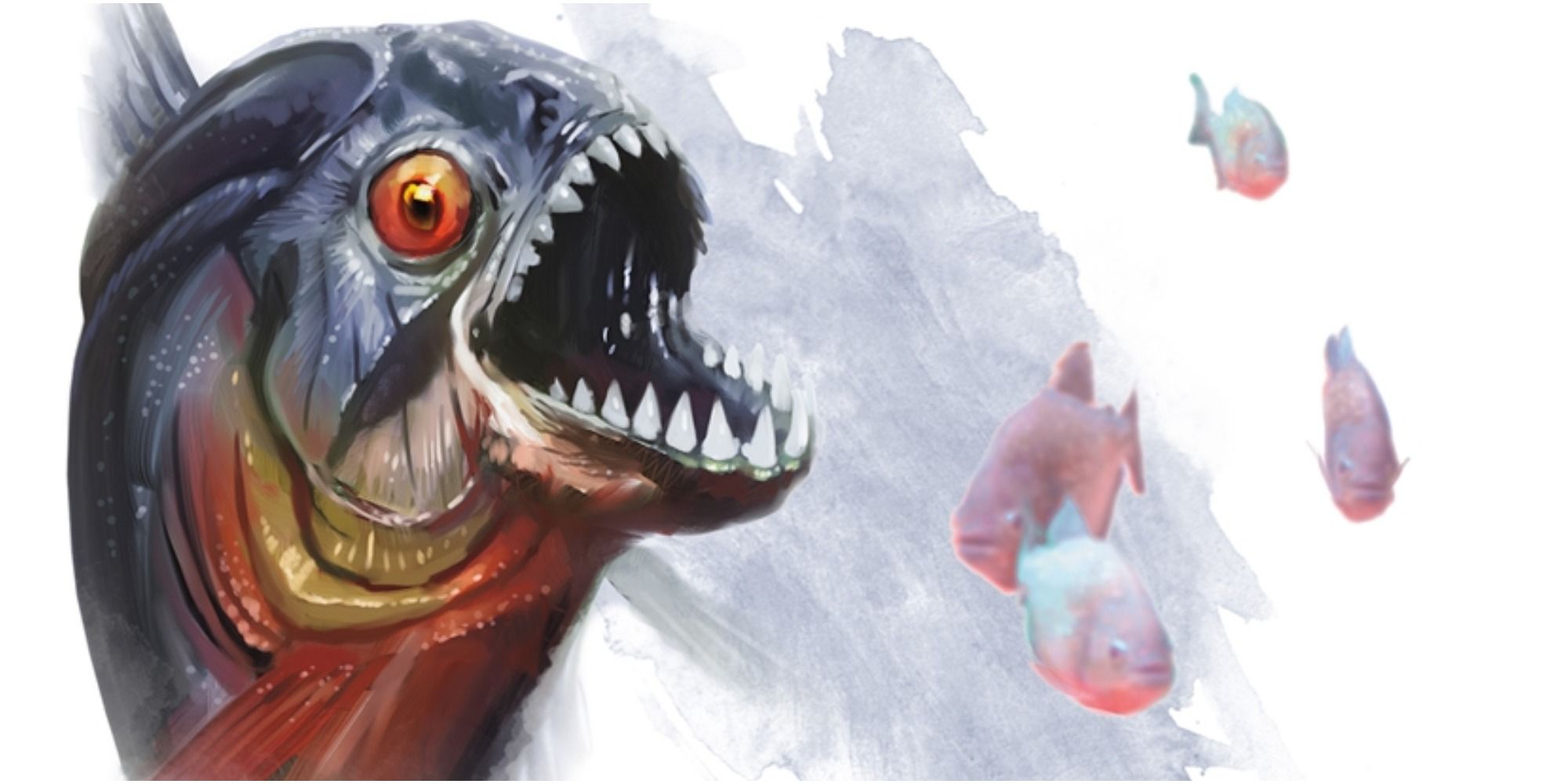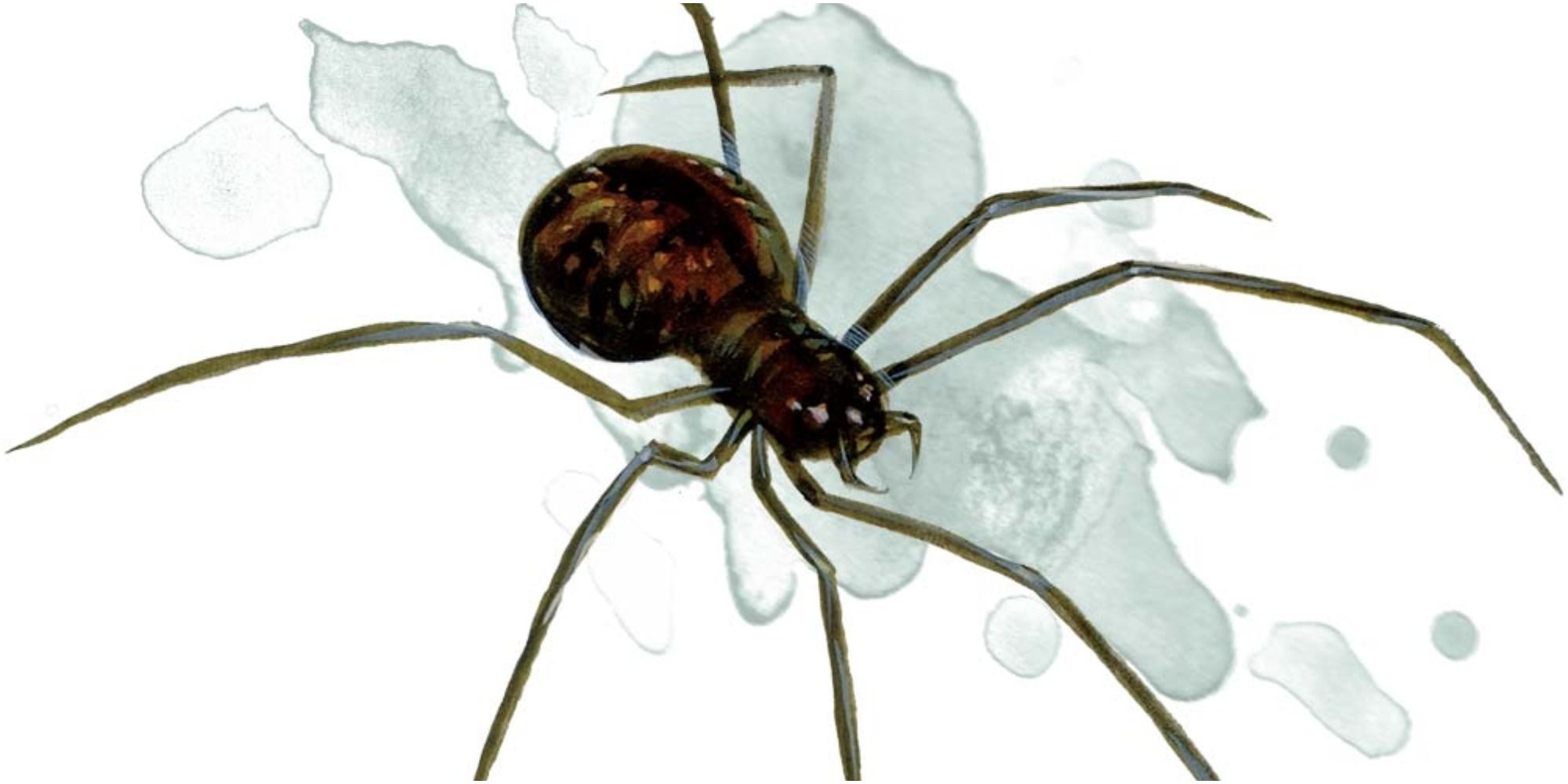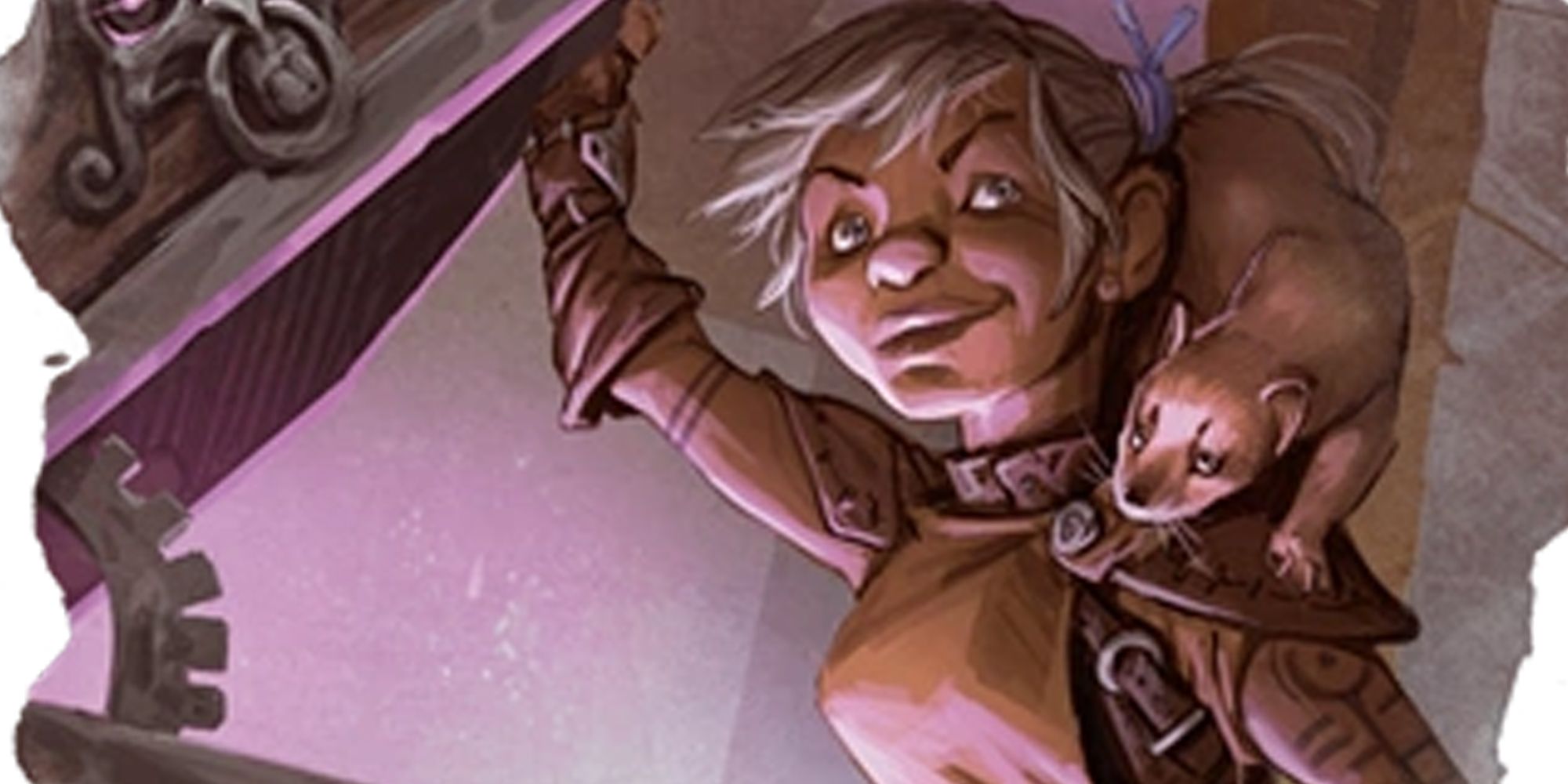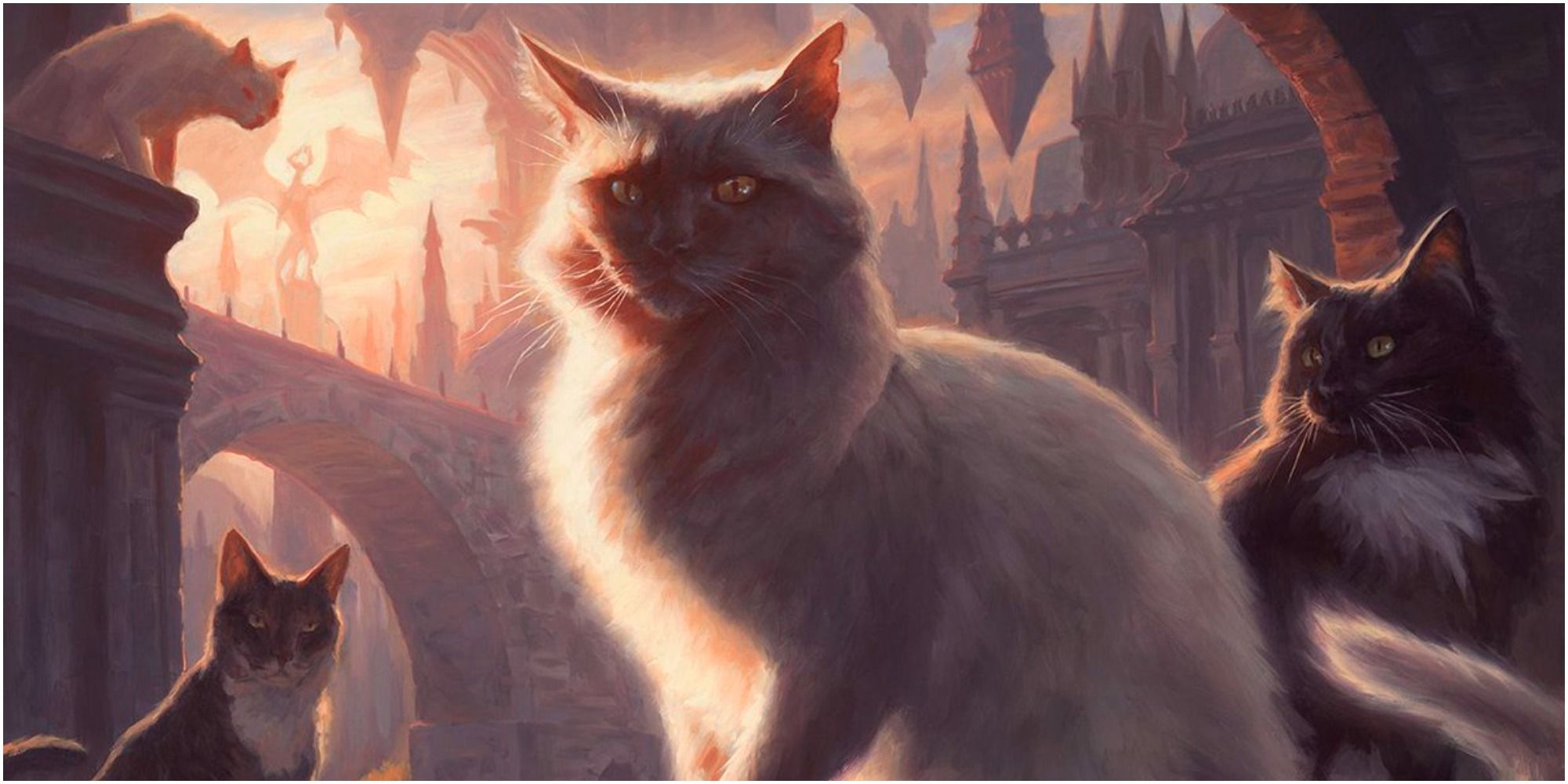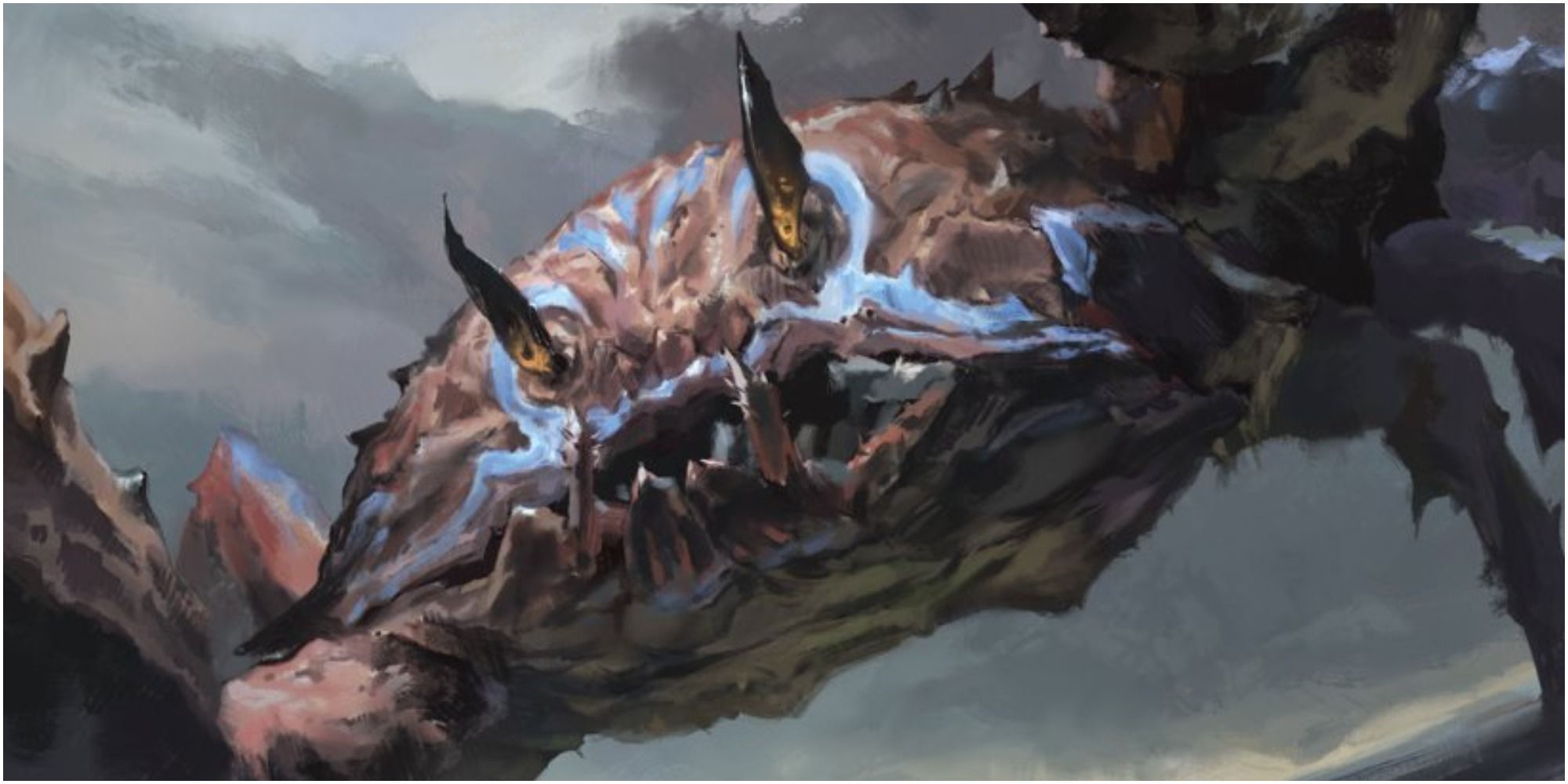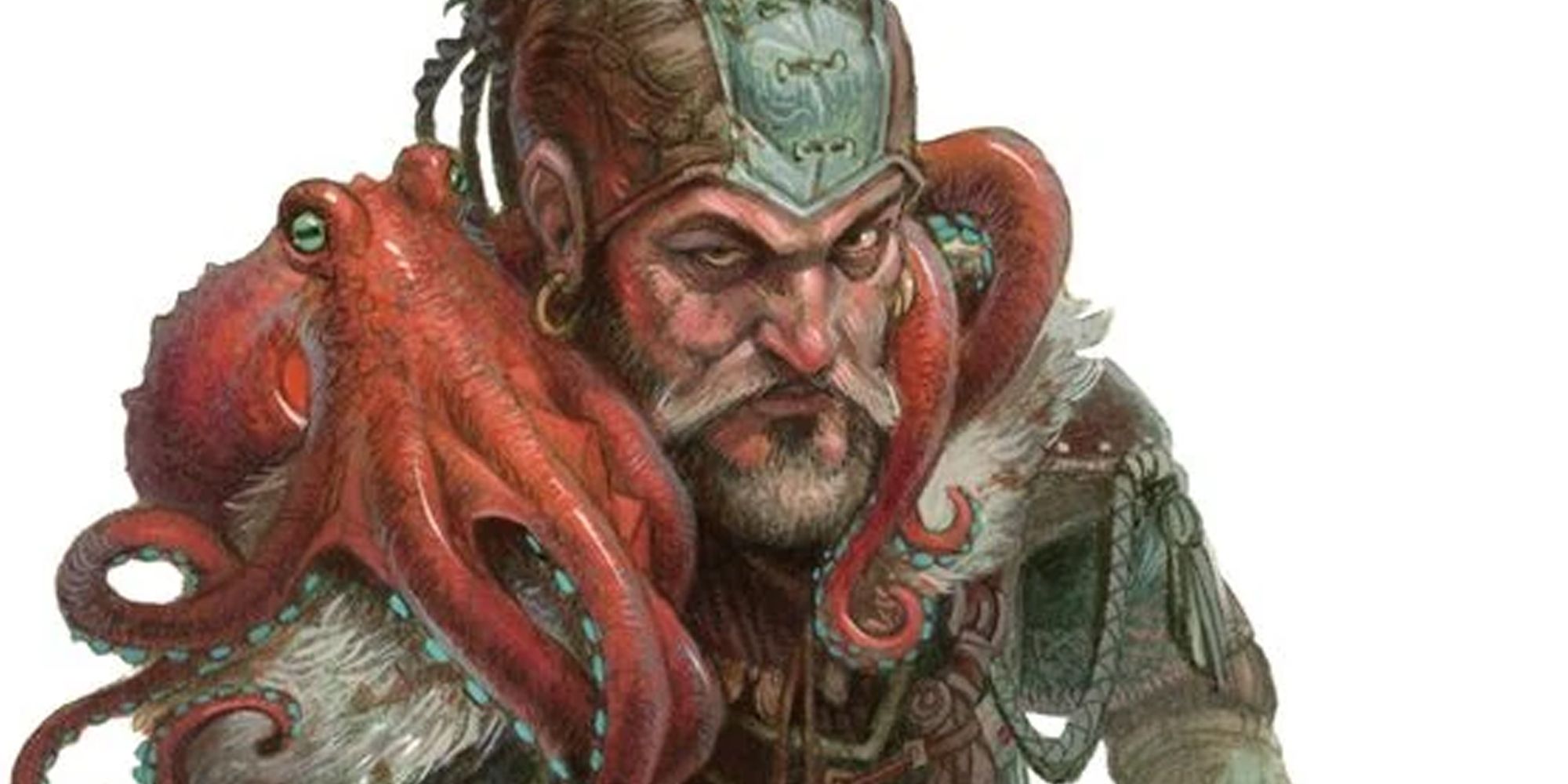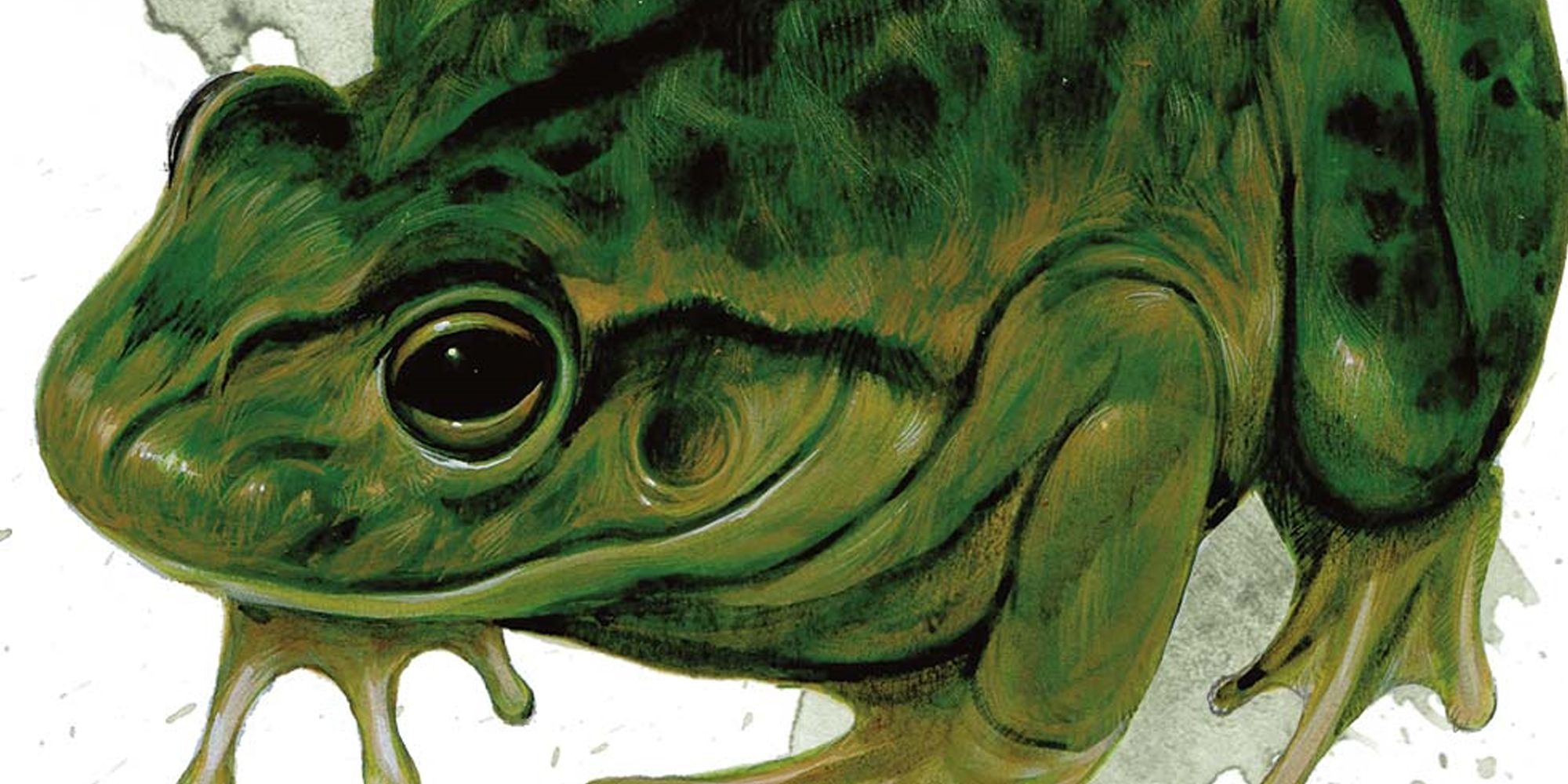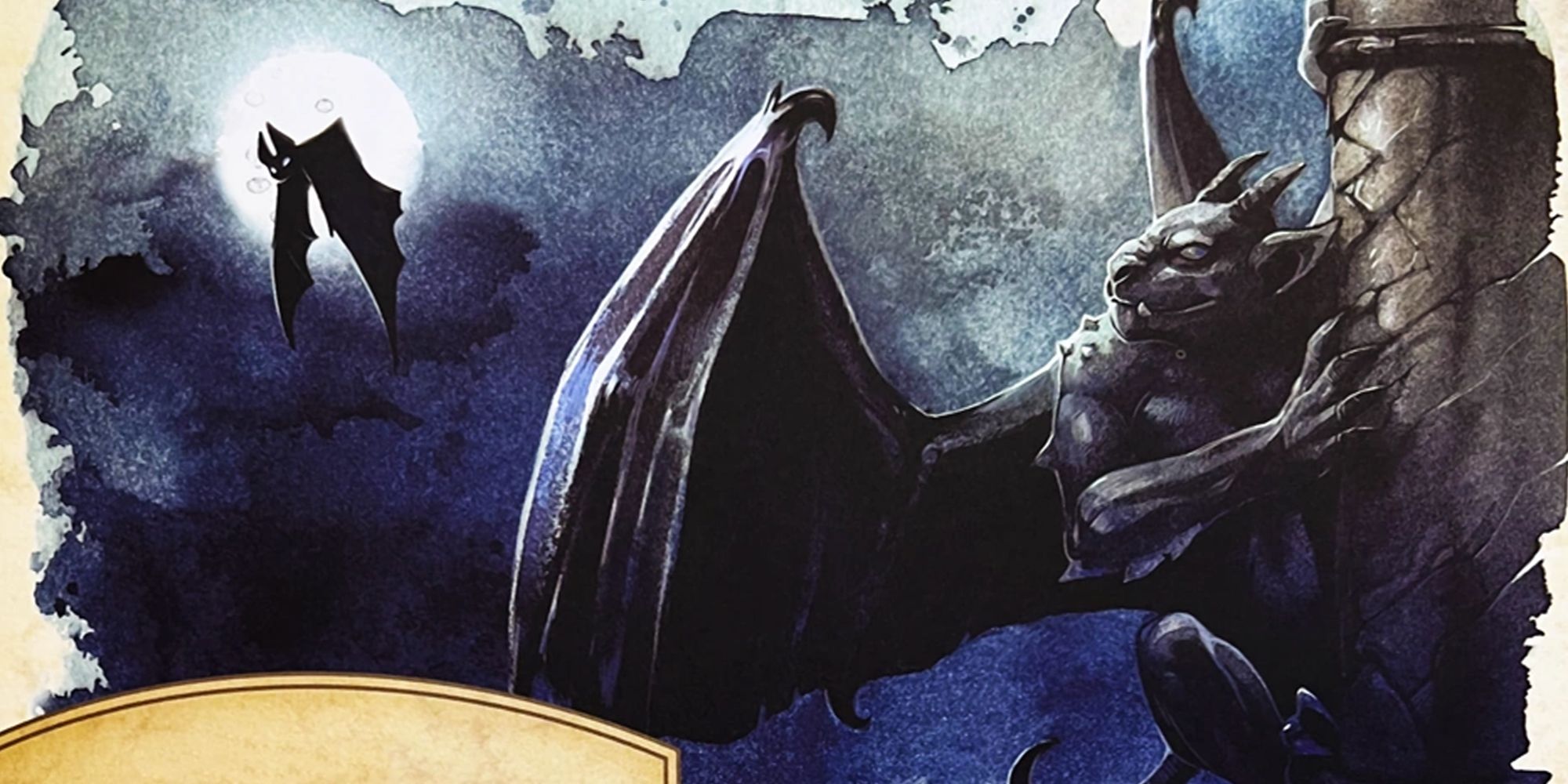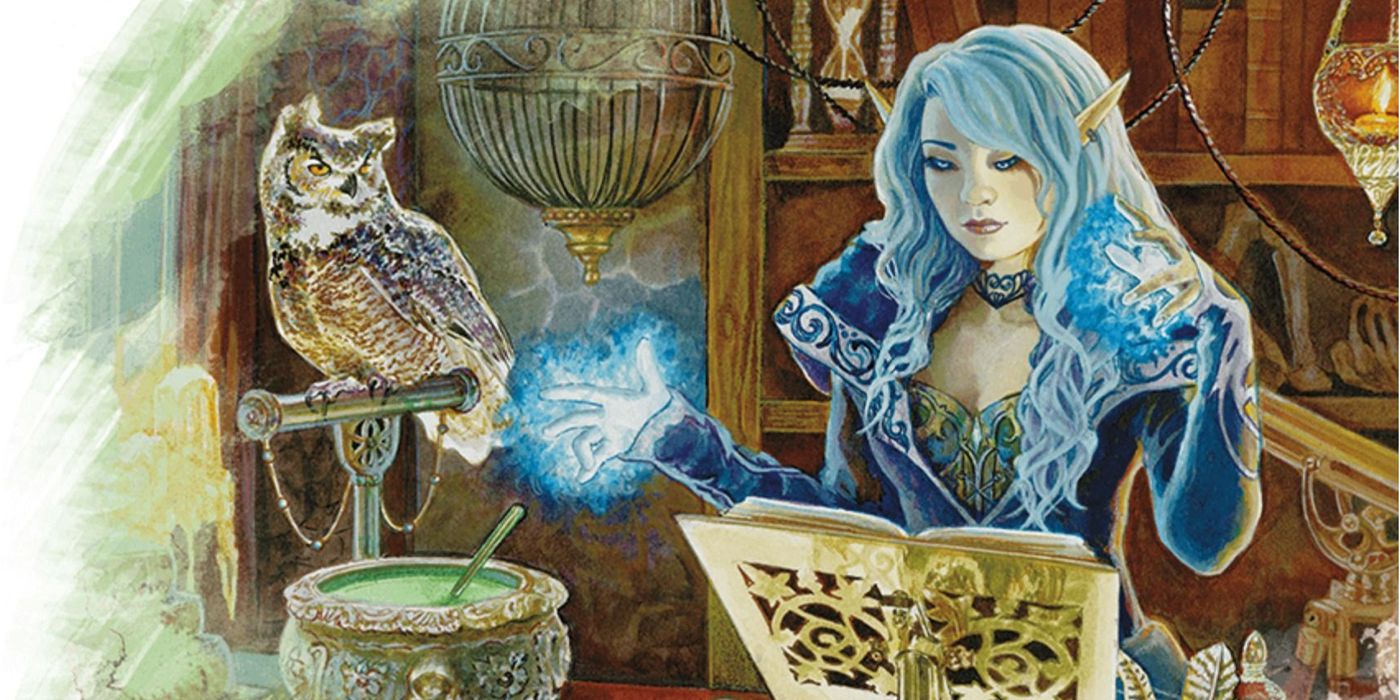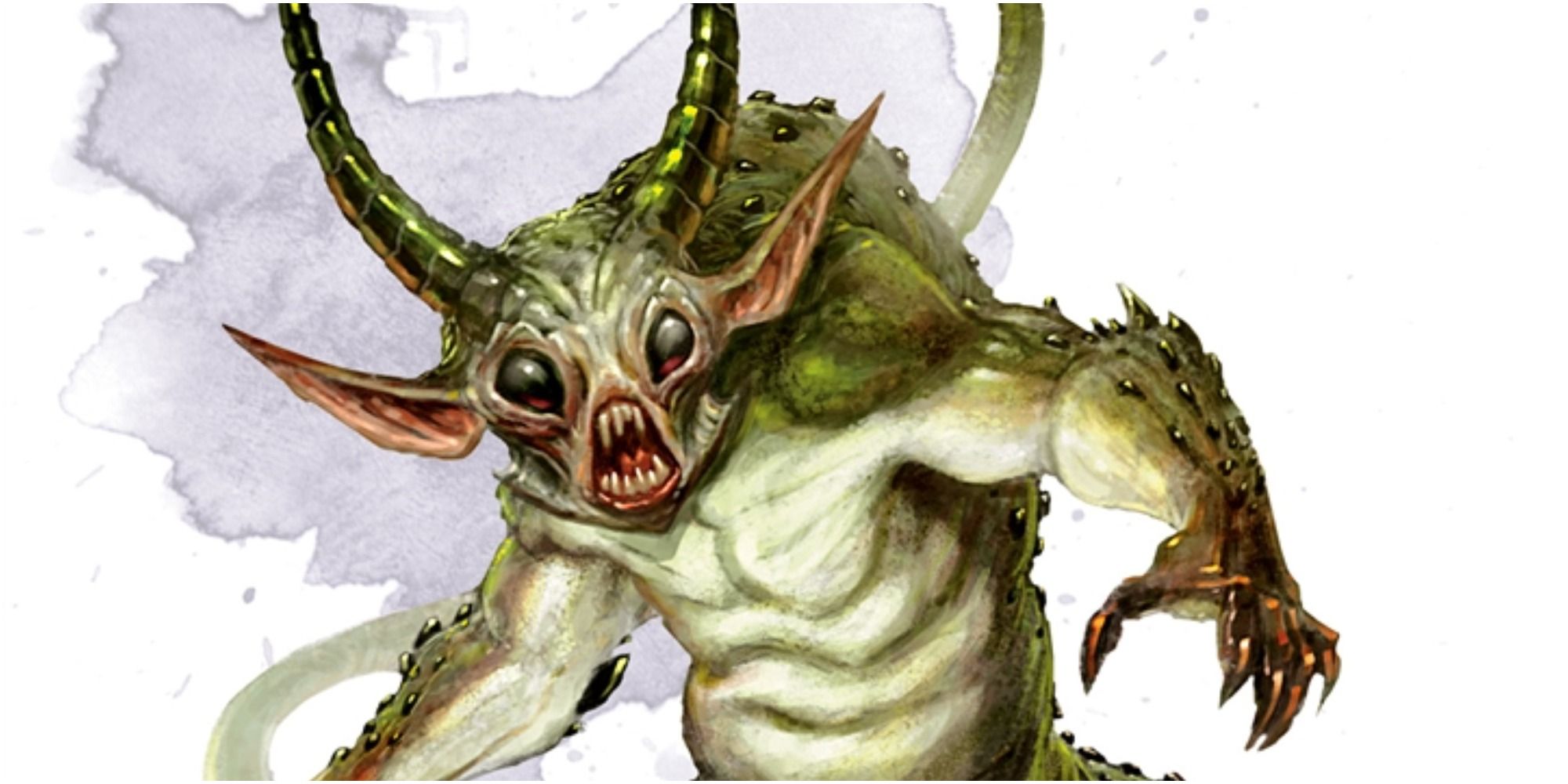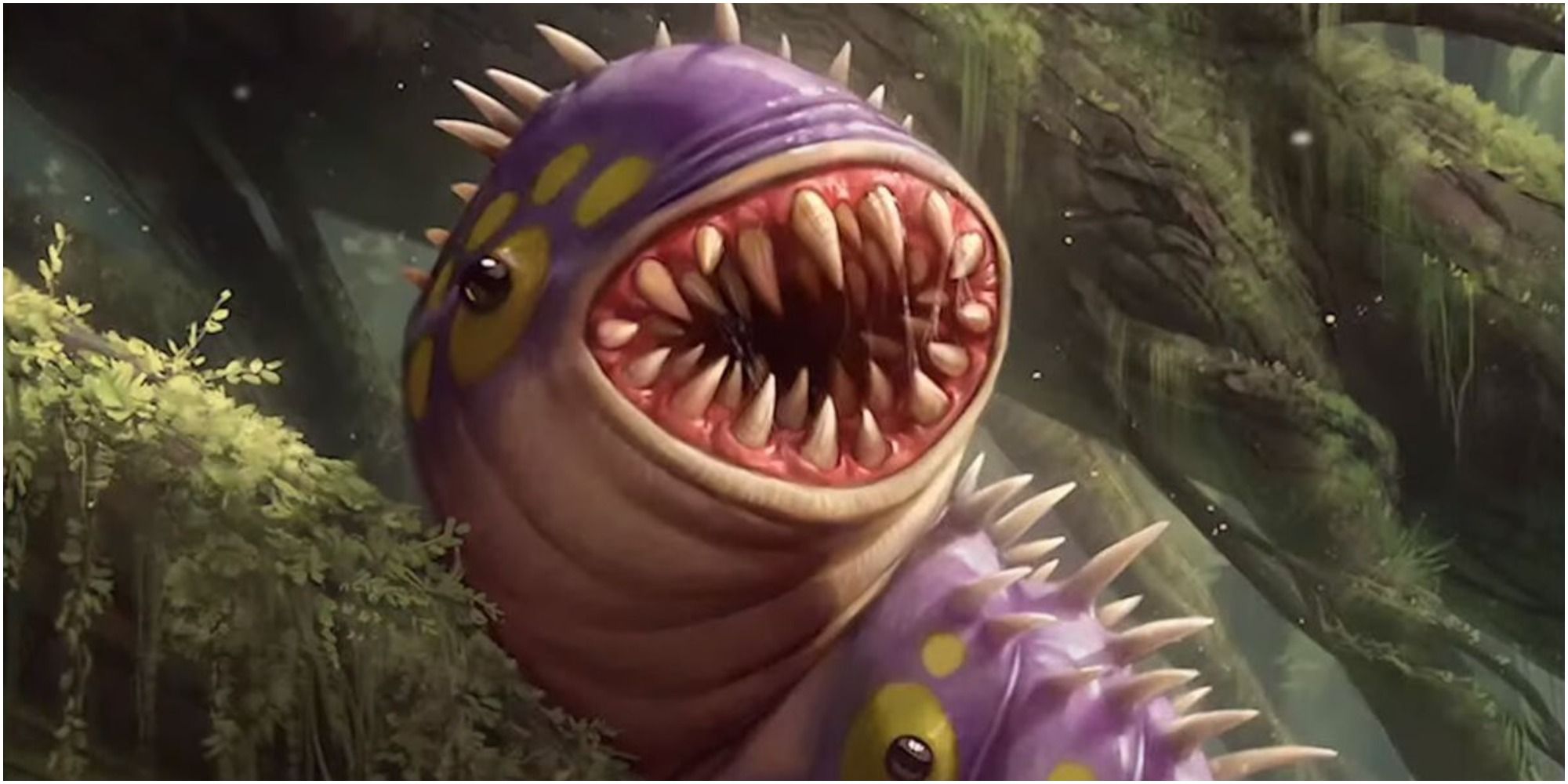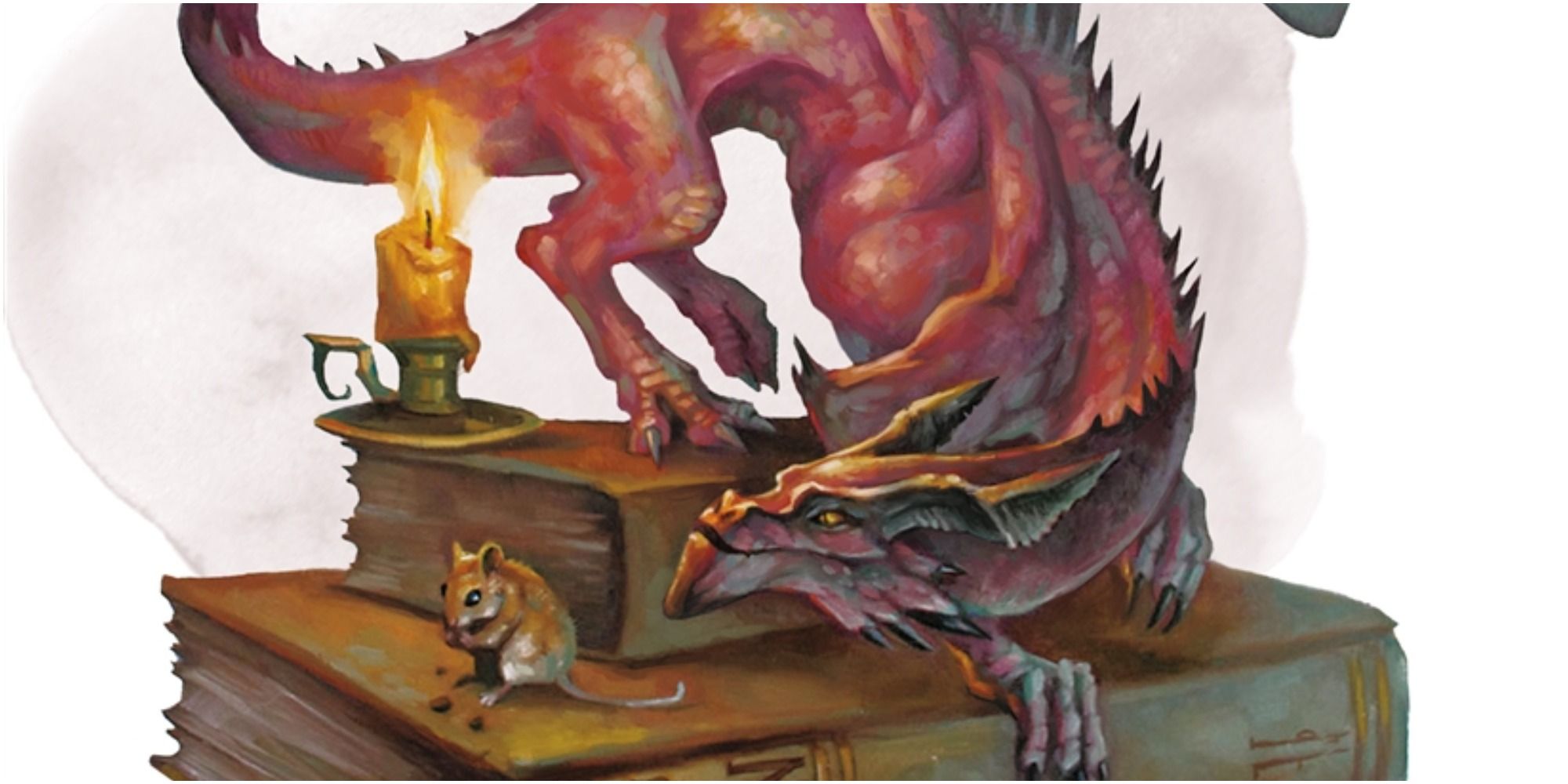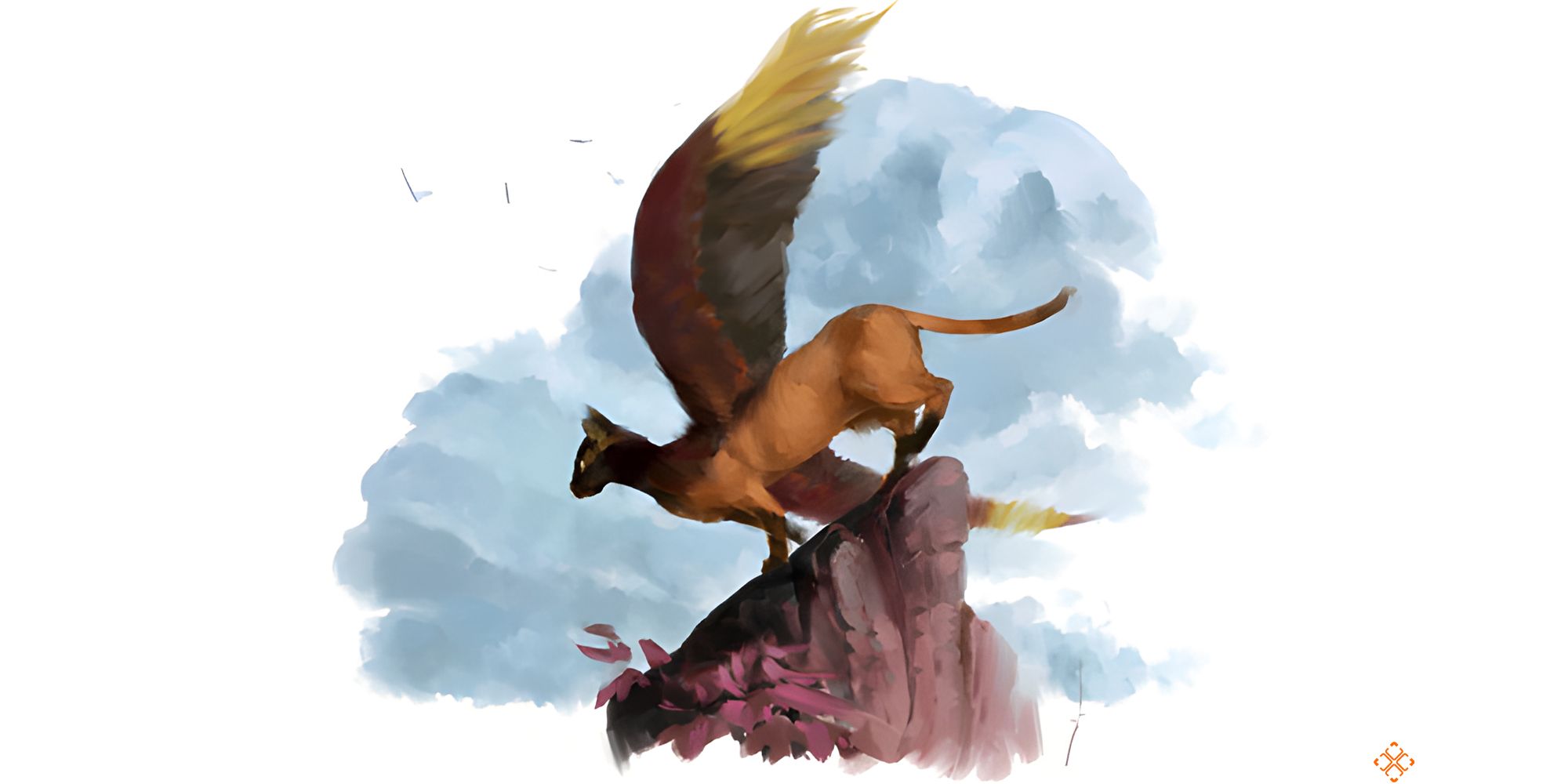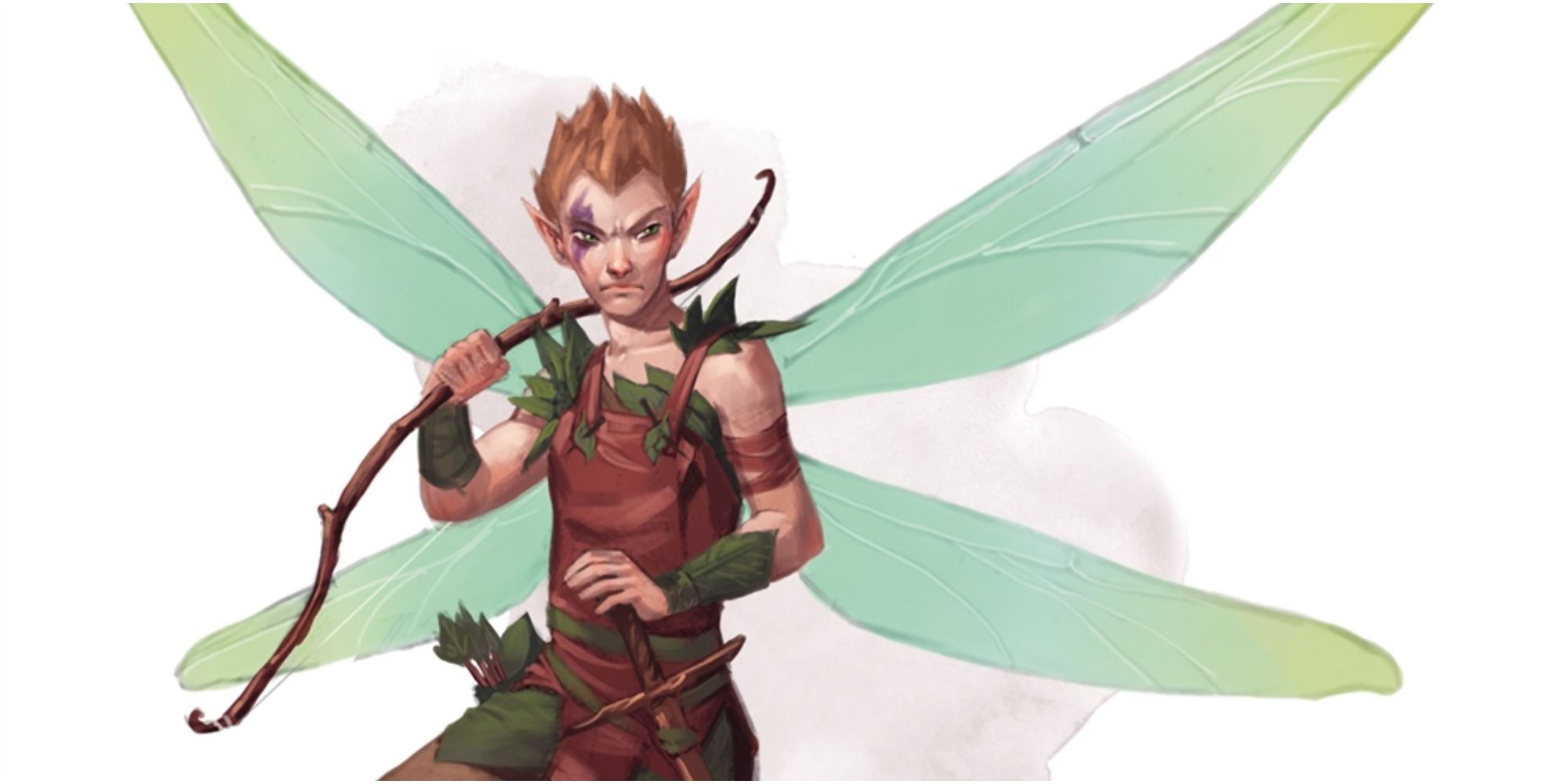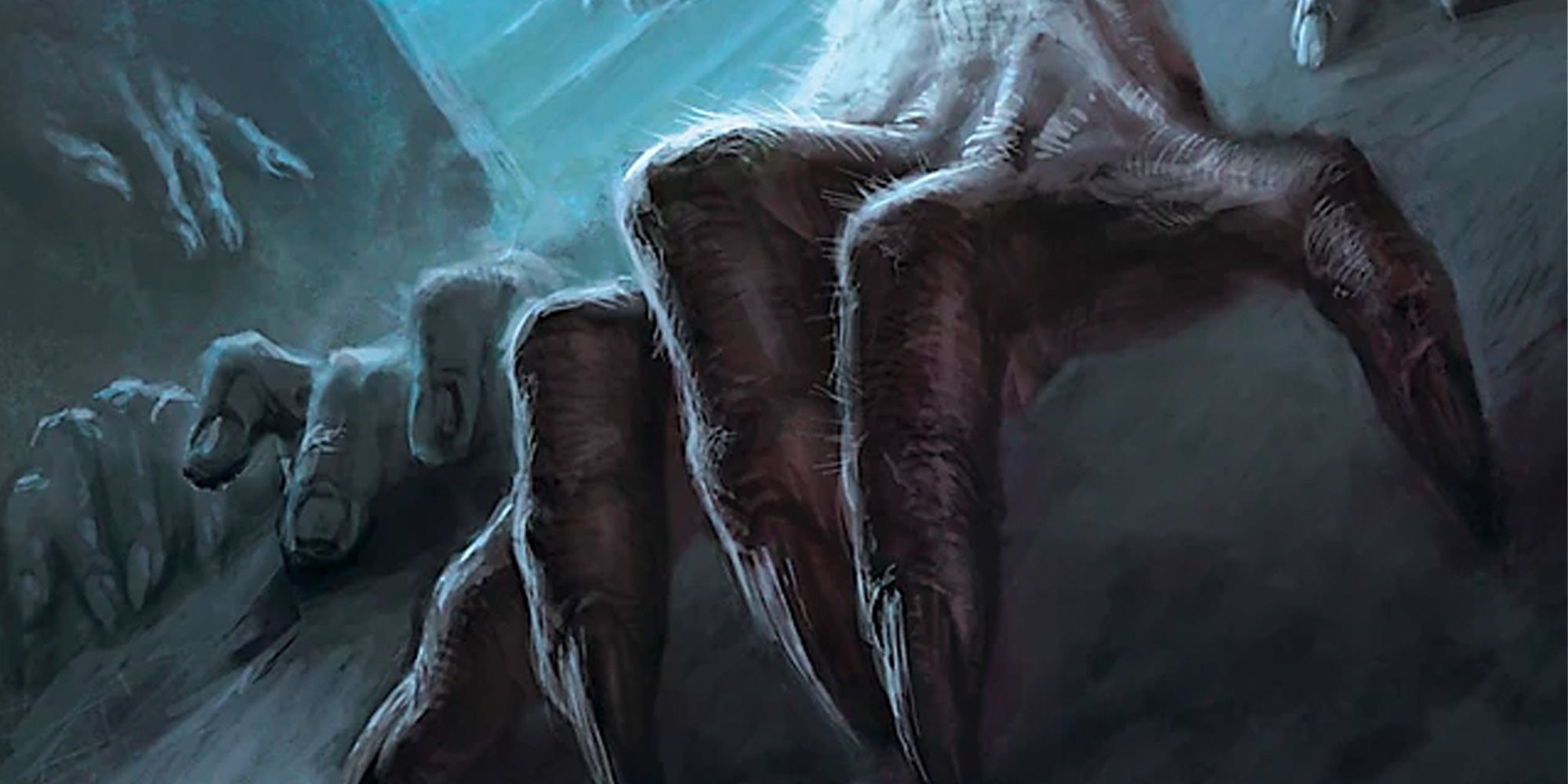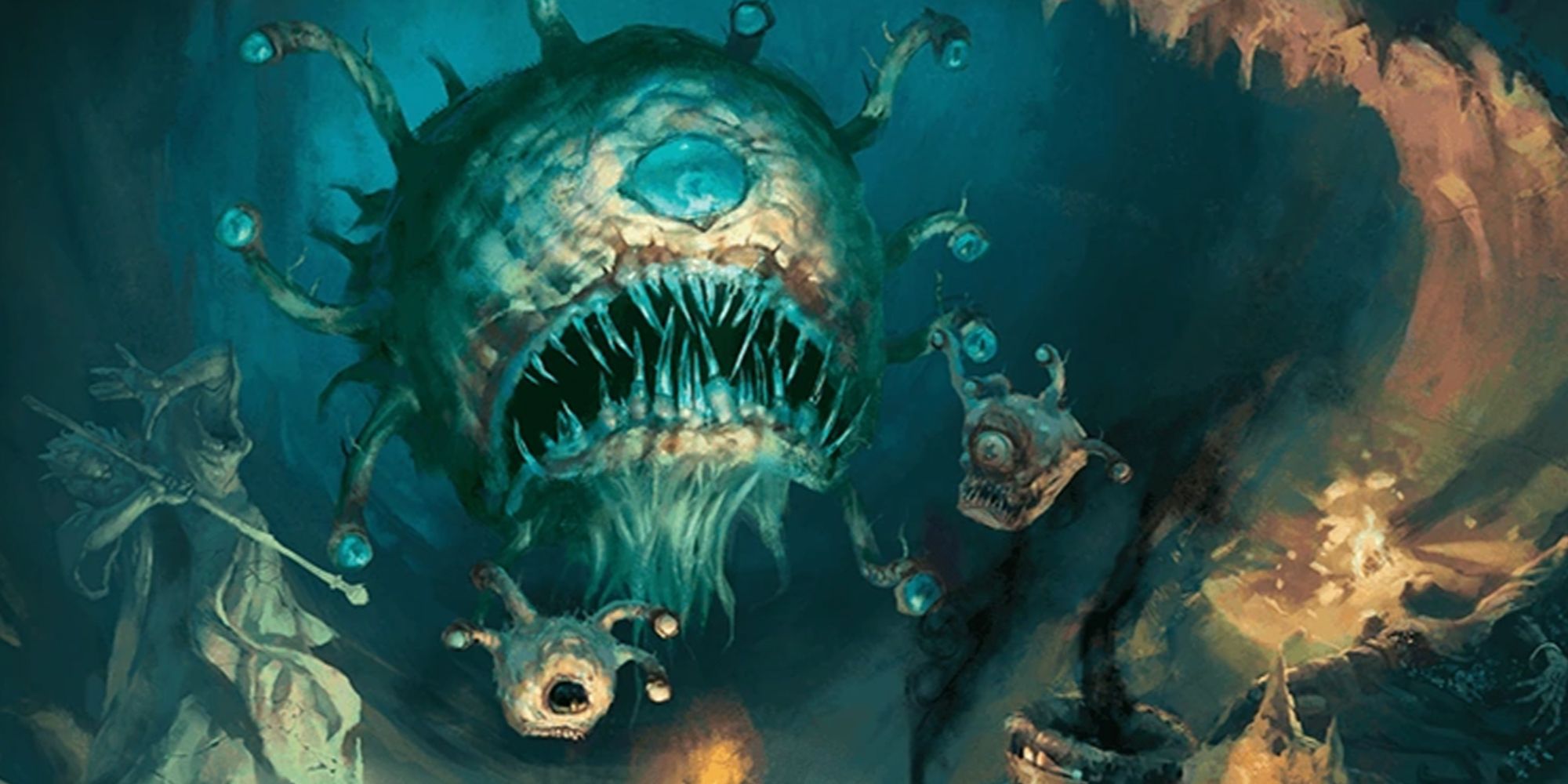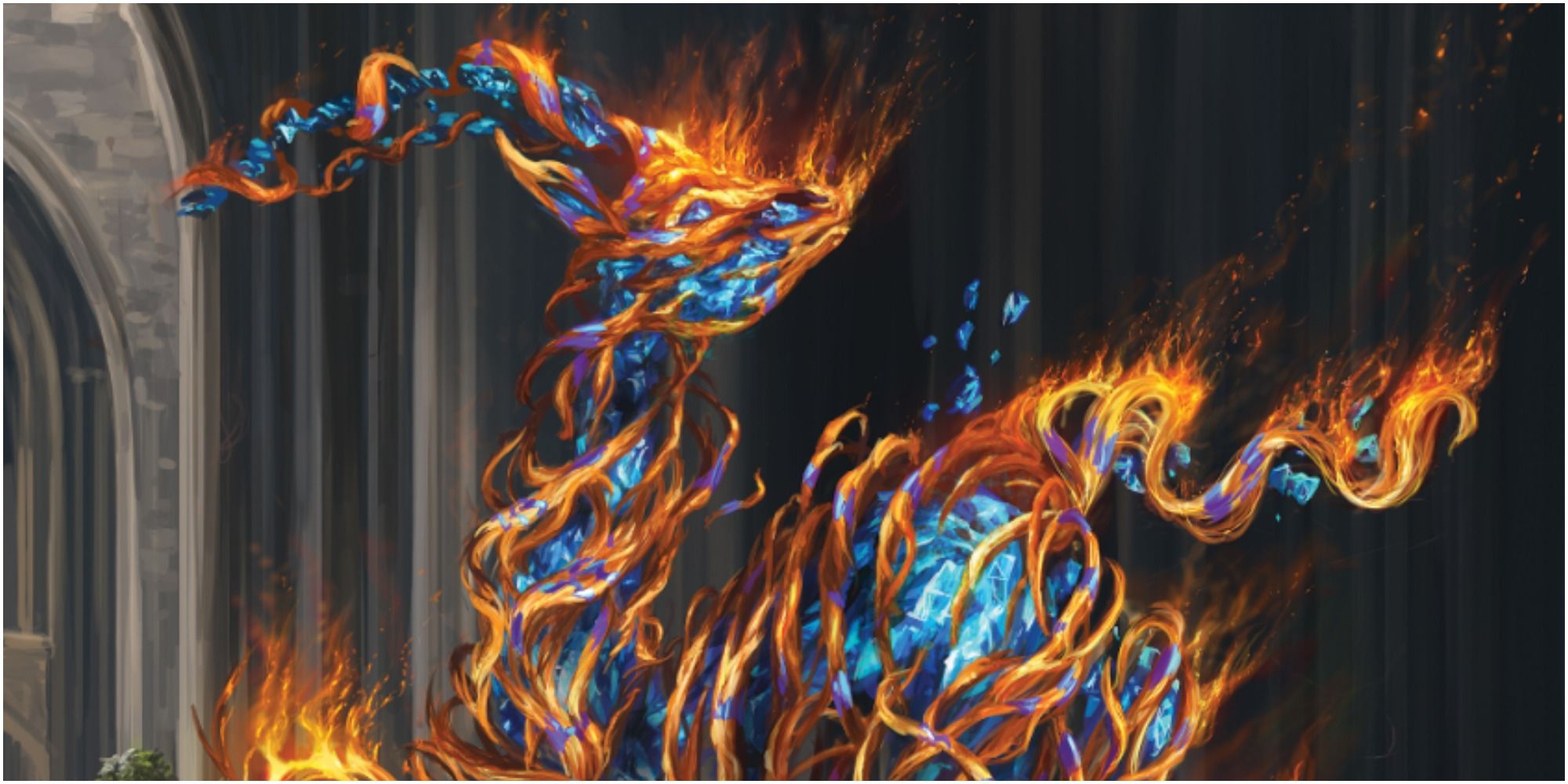In Dungeons & Dragons, familiars are spirits in the service of a given character, most often taking the form of an animal or another small creature. Familiars are most often in the service of spellcasters; namely Wizards, Druids, and Warlocks of the Pact of the Chain, though characters of any class can hypothetically gain a familiar through the Magic Initiate Feat.
While most familiars are unable to use the attack action, they take their own turns in combat and are able to take actions to interact with objects and notably help your allies. As familiars assume a variety of forms, each with their own stats and abilities, they vary in quality through their flexibility and potential uses. So today, let's examine the most useful types of familiars players can summon in Dungeons & Dragons.
Updated by Gabrielle Huston on March 27, 2023: D&D only gets bigger and bigger as more and more sourcebooks are released with new options! We've updated this guide with new options, since some of those books included extra potential familiars!
23 Quipper
Quippers are a very interesting familiar choice, as they only function within the water. Outside of it they are easily the most useless familiar option available, since they will quickly suffocate. However, if a campaign or adventure has led itself underwater, they can offer incredible value.
WIth 60 feet of darkvision and a 40-foot swimming speed, Quippers can easily maneuver around a battlefield. They are able to move up to 80 feet in a single turn with the dash action. This makes them one of the most ideal familiar options when traveling underwater.
22 Spider
Spiders are a niche familiar choice that can be surprisingly effective. With a tiny size and a +4 bonus to stealth checks, Spiders can make for solid scouts, making use of a 30-foot darkvision range.
While Spiders’ ability to ignore the movement restrictions of webs and their ability to automatically detect creatures in webs its touching may seem very niche, Wizards have access to the web spell. This means that the use of the web spell and a Spider familiar can allow a player to quickly find invisible or hiding creatures, a powerful tool to have.
21 Weasel
For those who want to potentially use their familiars out of combat for scouting or for their senses, Weasels may be a strong choice for you. With +3 perception and +5 stealth, Weasels have some of the best skill utility of any familiar.
Additionally, due to their keen hearing and smell, all perception checks they make that utilize these senses are made at advantage, increasing their consistency. This makes them an excellent choice for those looking for a familiar that can serve as a second set of eyes when searching for clues or hidden details.
20 Cat
Cats are a familiar option that offer very similar utility to that of weasels. While they maintain keen smell, they don’t have access to keen hearing and also have one less stealth than weasels. However, the tradeoff is one of mobility.
While weasels have thirty feet of movement, Cats have forty, also boasting a useful thirty-fourty climbing speed.
19 Crab
While they have little to offer in the realm of skills and mobility, the primary seliing point of crab familiars is their amphibious nature. For campaigns that are likely going to include a great deal of water, amphibious familiars are a must.
In addition to being able to breathe both air and water, Crabs have access to thirty feet of blindsight which can be useful when trying to determine the location of invisible or hidden foes.
18 Octopus
Of the familiars available in D&D, some are specifically designed to function in water, rather than on land. While many of these familiars are quite useless in the majority of campaigns, if a player knows that their campaign is going to take place primarily at sea, these familiars can be quite useful.
Of the aquatic familiars, an Octopus notably possesses a unique action it can perform once per short rest, creating a heavily obscured ink cloud within a five-foot radius.
17 Frog
While they lack the mobility and additional utility of other entries on this list, Frogs have one major perk that can be quite important in the context of certain campaigns: they're amphibious. While the majority of familiars can only breathe air or water, Frogs are able to breathe both, allowing them to flexibly function wherever they're needed.
Additionally, it should be noted that Frogs possess darkvision with a range of thirty feet. As a character with a familiar can temporarily gain their familiar's senses as an action, Frogs can temporarily provide a character vision in a situation in which they normally wouldn't be able to see.
16 Bat
With a flying speed of thirty feet, Bats are a decently mobile familiar that can usually be where a player needs it to be. However, the primary reasons to pick a Bat as one's familiar are found within its senses.
While Frogs provide darkvision, Bat's have access to blindsight with a range of sixty feet. Additionally, Bats have an advantage on all perception checks that involve their hearing, providing a player a great way of seeing invisible foes and overhearing key conversations.
15 Hawk
Another flying familiar, Hawks offer great mobility and improved senses that a character can take advantage of.
With sixty feet of movement, Hawks can move twice as far as a Bat each turn, allowing them to easily transport items between party members, and help whoever may need it. Additionally, with their keen sight, Hawks make their sight-based perception checks at advantage, which can be quite useful when examining a new location.
14 Raven
Ravens are yet another flying familiar that have access to a fifty-foot flying speed. While this is slower than that of the Hawk, it is more than serviceable and allows the Raven to maneuver around a Battlefield flexibly.
The key reason to take a Raven is its unique utility in the form of its mimicry ability. Ravens are able to imitate simple sounds such as people whispering or babies crying, allowing it to serve as a distraction and opening up additional potential uses for one's familiar.
13 Owl
Owls are the most reliable and flexible of the flying familiars available to non-warlocks, combining aspects of several other entries on this list. Boasting the sixty-foot flying speed of a Hawk, Owls possess the flyby ability that prevents them from provoking attacks of opportunity, allowing them to traverse a Battlefield with less risk.
Additionally, not only do Owls possess darkvision of an impressive one-hundred twenty feet, but they make all perception checks based on sight and hearing offering an advantage.
12 Quasit
Warlocks of the Pact of the Chain have the unique ability to choose from four additional options for their familiar, each toting much more utility than traditional familiars as much as significantly more health.
In addition to having seven HP and one-hundred twenty feet of darkvision, Quasits can polymorph themselves into additional forms to access flying and swimming speeds. Furthermore, Quasits are capable of using their unique scare action to potentially startle foes, and even have the ability to turn invisible.
11 Pest
The Strixhaven Mascot familiar available to those of Witherbloom, Pests are easily the most durable and hard-to-kill familiar option. With an AC of 13 and 22 HP, pests can often take a few hits to put down, unlike the majority of familiars that can be taken care of with a single attack. Most notably, pests regain five hit points at the beginning of their turn, meaning that if they aren't dealt with quickly, they will be even more tedious for foes to deal with.
Though the Strixhaven Mascot feat can allow a familiar to attack, pests are only capable of dealing 1d4 +2 damage. Additionally, while pests can deal damage to a creature its grappling or that's grappling it, this is quite niche, especially as a pest's low strength make it difficult for it to grapple.
10 Pseudodragon
Exclusive to Pact of the Chain Warlocks, Pseudodragons are familiars with stellar mobility through their 60-foot flying speed, and they have the ability to contribute more to combat than many other entries on this list.
As familiars of Pact of the Chain Warlocks have the potential to attack, Pseudodragons can access their sting action which can not only potentially poison foes, but cause them to be knocked unconscious.
9 Tressym
A Tressym is simple: a cat, with wings! These adorable creatures are found in the Storm King's Thunder sourcebook as potential familiar. In some places, they're considered to be a sign of good luck, and who could think otherwise, with a face that cute?
Tressym have several special abilities that will make them invaluable to your team. For example, they can see right through any kind of invisibility! They can also tell when something is poisonous just by smelling or touching it.
8 Sprite
Another Pact of the Chain exclusive, with an AC of fifteen, Sprites have the highest AC of any familiar in all of D&D. Sprites are a kind of fey, and they have the excellent combination of a flight and the ability to turn invisible, making them an excellent option for scouting ahead with little to no risk of being detected.
Like Pseudodragons, Sprites are able to poison and potentially knock out foes. However, as Sprites are able to do so using their bows, they are able to assist in this manner from afar, reducing the risk of sustaining damage.
7 Crawling Claw
Picture Thing from the Addams family, and you know what a Crawling Claw is. This tiny undead familiar appears in Volo's Guide To Monsters and is available to any magic-user who can summon a familiar!
Needless to say, a constant extra hand is a huge boon in lots of adventuring situations, whether it's for moving things around, overwhelming an opponent, or keeping you informed of nearby happenings.
6 Imp
Only accessible to Warlocks of the Pact of the Chain, Imps are by and large the most useful form of familiar in D&D. In addition to having the most HP of any familiar, Imps have access to several of the most useful traits of other Familiars. With the polymorph potential of a Quasit, the flight and invisibility of a Sprite, and the sting of a Pseudodragon, it's hard to find an area where Imps don't excel.
As they have access to darkvision paired with devil's sight, Imps can help scout in even magically created darkness. As if this and their high HP weren't enough, Imps tote several damage resistances and immunities, giving them the highest chance of survival of any other standard familiar.
5 Gazer
Gazers are basically mini Beholders. They're dreamed into being by the Beholder, and usually serve evil magic users who are in the service of the Beholder. They follow their creator around obsessively but, if they're ever driven off, they find territory to hunt game in and become territorial.
To find the stats for this familiar, you need Volo's Guide To Monsters. It's also only accessible to Warlocks.
4 Art Elemental
The familiar available to Prismari students via the Strixhaven Mascot feat, Art Elementals are a very unique familiar choice. Though they have a low AC and a small pool of HP, they are immune to poison damage while being resistant to fire and cold damage.
Additionally, these familiars provide interesting options such as a ranged attack capable of dealing 2d4 +1 fire damage to a target and a once-per day ability that can charm a target if its unable to succeed a charisma saving throw. These familiars can even potentially blind those near it when they reach 0 HP, potentially offering additional utility.

